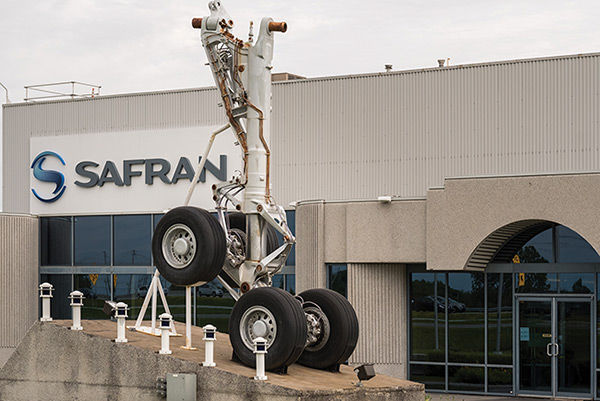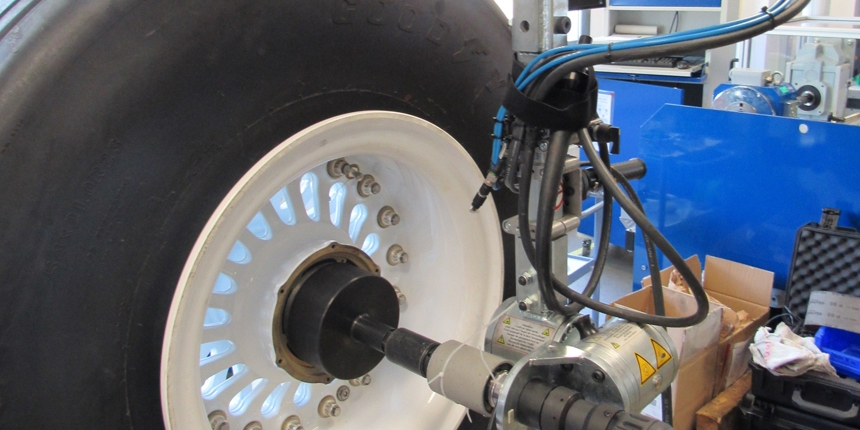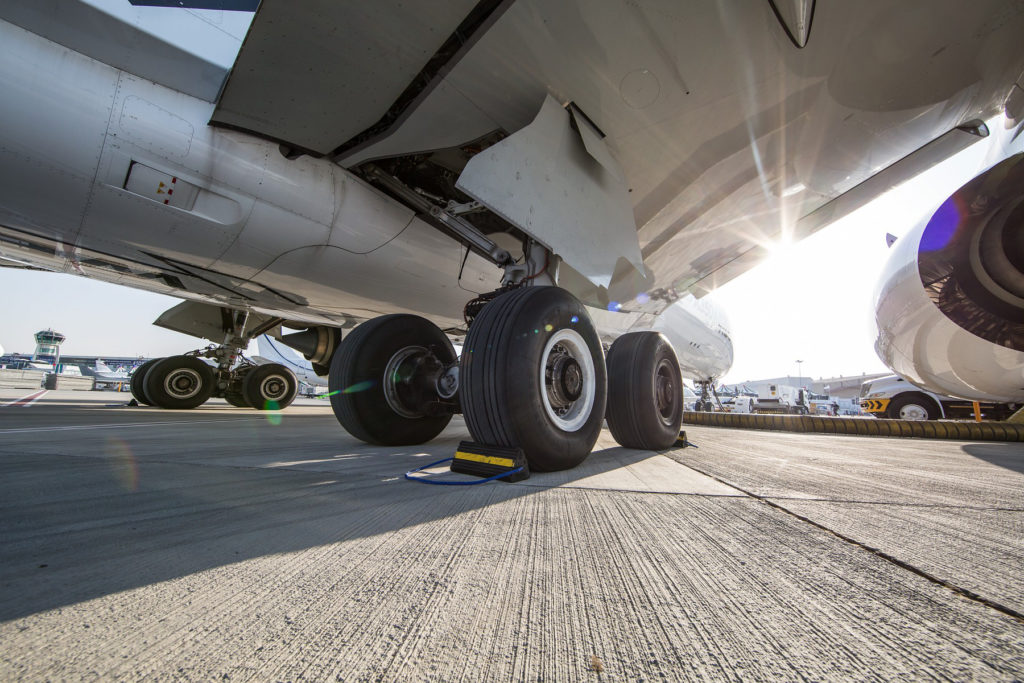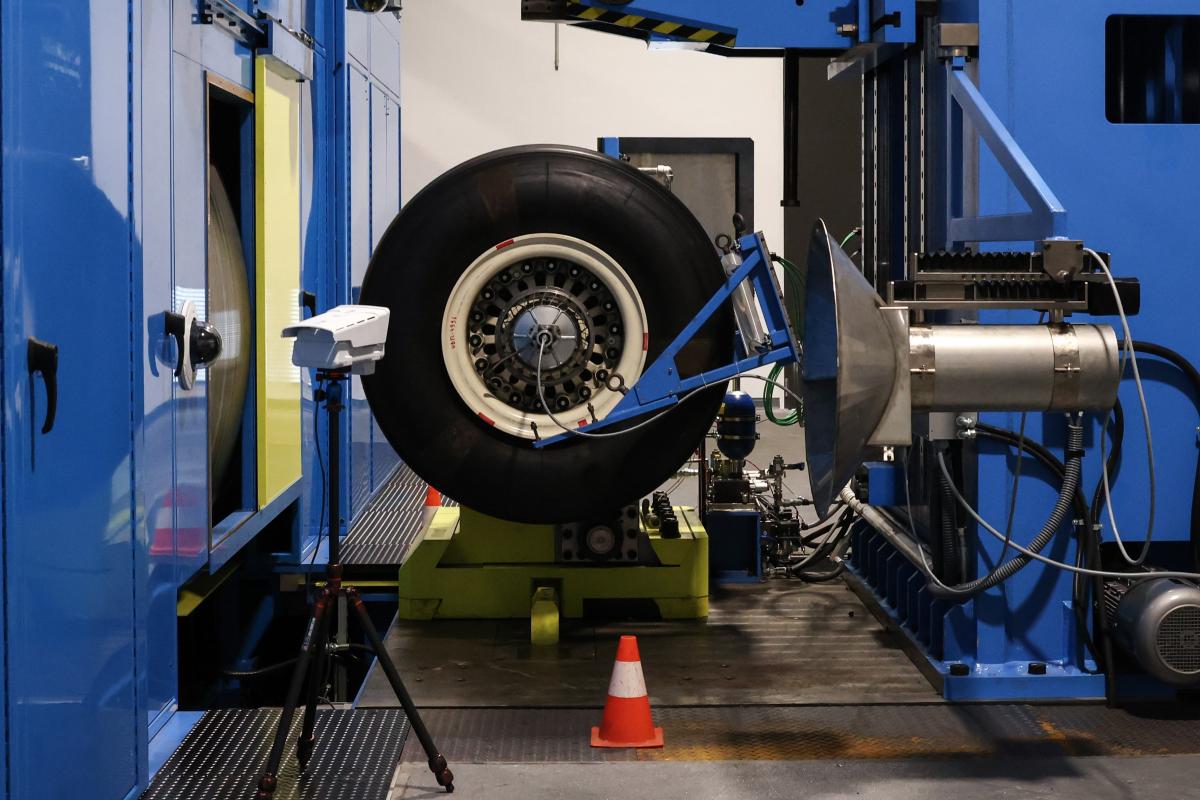Safran Landing Systems Wheel And Brake Services Llc

Safran Landing Systems Wheel and Brake Services LLC faces potential penalties and heightened scrutiny following a recently concluded investigation by the Department of Transportation (DOT). Allegations of non-compliance with safety regulations concerning the maintenance and repair of aircraft wheels and brakes have surfaced, threatening the company's operational integrity.
This situation demands immediate attention due to the critical role Safran Landing Systems Wheel and Brake Services LLC plays in ensuring aviation safety. The implications of these findings could extend to airlines relying on their services, potentially affecting flight schedules and passenger safety.
DOT Investigation Findings
The DOT investigation, initiated in response to whistleblower complaints and internal audits, reportedly uncovered several instances of procedural lapses. These lapses pertain to the proper documentation of maintenance activities, adherence to mandated inspection protocols, and the timely replacement of worn components.
Specific details revealed a lack of consistent record-keeping, making it difficult to trace the maintenance history of certain wheel and brake assemblies. The investigation also highlighted instances where mandatory inspections were either skipped or inadequately performed.
Furthermore, evidence suggests a potential disregard for established guidelines concerning the replacement of brake pads and other critical components nearing the end of their service life.
Impact on Airlines and Passengers
The consequences of these alleged violations could be far-reaching. Airlines that rely on Safran Landing Systems Wheel and Brake Services LLC for maintenance may need to conduct additional inspections of previously serviced components.
This could lead to flight delays and cancellations as airlines scramble to ensure the airworthiness of their aircraft. The potential for increased maintenance costs is also a significant concern for these airlines.
More importantly, the safety of passengers could be compromised if faulty or improperly maintained wheels and brakes lead to incidents during takeoff or landing.
Safran's Response
Safran Landing Systems has acknowledged the DOT investigation and stated its commitment to cooperating fully with the authorities. However, the company has not yet issued a detailed statement regarding the specific findings.
A spokesperson for Safran affirmed that the company takes safety seriously and is conducting its own internal review to address any potential shortcomings. They are actively working to implement corrective measures and reinforce compliance with all relevant regulations.
It remains unclear whether Safran will contest the DOT's findings or accept the proposed penalties without further legal action.
Possible Penalties and Remediation
The DOT has the authority to impose substantial fines and other penalties on Safran Landing Systems Wheel and Brake Services LLC if found in violation of safety regulations. The severity of the penalties will depend on the extent and nature of the violations.
In addition to financial penalties, the DOT could require Safran to implement a comprehensive corrective action plan. This plan may involve retraining employees, revising maintenance procedures, and enhancing quality control measures.
The DOT could also mandate increased oversight of Safran's operations to ensure ongoing compliance. This could involve more frequent inspections and audits by DOT personnel.
Looking Ahead
The DOT is expected to issue its final determination regarding penalties and remediation requirements within the next few weeks. Safran Landing Systems Wheel and Brake Services LLC will then have the opportunity to respond to the DOT's decision.
The aviation industry will be closely monitoring the outcome of this case, as it could have significant implications for the maintenance and safety of aircraft wheels and brakes. Airlines and passengers alike will be anxious to see what steps Safran takes to address the identified shortcomings and ensure the continued safety of air travel.
Further updates will be provided as they become available.















